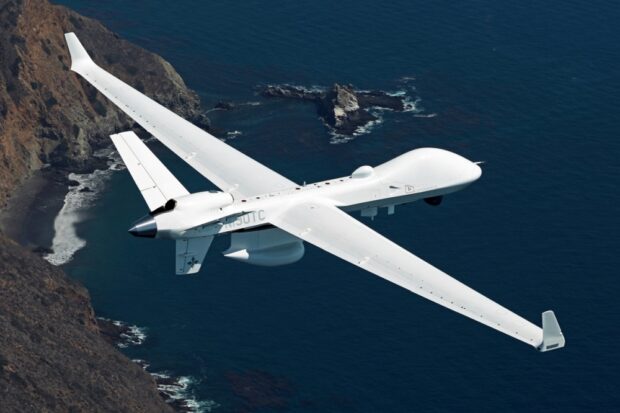General Atomics, a defense and diversified technologies company with affiliates operating on five continents, is expanding its collaborations and partnerships across Japan with new investments in the nuclear energy and rare earth elements sectors.
Numerous teaming arrangements are in the late stages of discussion and are set to be announced in early 2024. These partnerships will complement the company’s existing relationships as a long-term partner collaborating with Japanese industry and government agencies.
“General Atomics is committed to collaborating with its Japanese partners to advance the development of cutting-edge technologies in the maritime security, nuclear energy, and rare earth elements sectors,” said Dr. Vivek Lall, chief executive at General Atomics Global Corporation. “Building on a legacy of successful collaborations, we have held a series of strategic engagements with government officials, industry leaders, and research institutions in Japan. These engagements have laid the foundation for future partnerships aimed at advancing the development of critical and emerging technologies.”
In 2023, Japan’s Kyoto Fusioneering announced an agreement with GA to supply two advanced gyrotrons to the U.S. Department of Energy’s DIII-D National Fusion Facility in San Diego, Calif.
Currently, the Japan Coast Guard (JCG) and Japan Maritime Self-Defense Force (JMSDF) are testing and deploying the MQ-9B SeaGuardian Remotely Piloted Aircraft (RPA) built by General Atomics Aeronautical Systems, Inc. (GA-ASI). SeaGuardian is a long-endurance maritime surveillance aircraft that can be used for a variety of missions, including search and rescue, disaster response, and maritime law enforcement.
GA-ASI’s MQ-9B aircraft is revolutionising the global RPA systems market by providing true all-weather capability and full compliance with STANAG-4671 (NATO UAS airworthiness standard). This feature, along with GA-ASI’s operationally proven collision avoidance radar, enables flexible operations in civil airspace.
Source: Press Release

